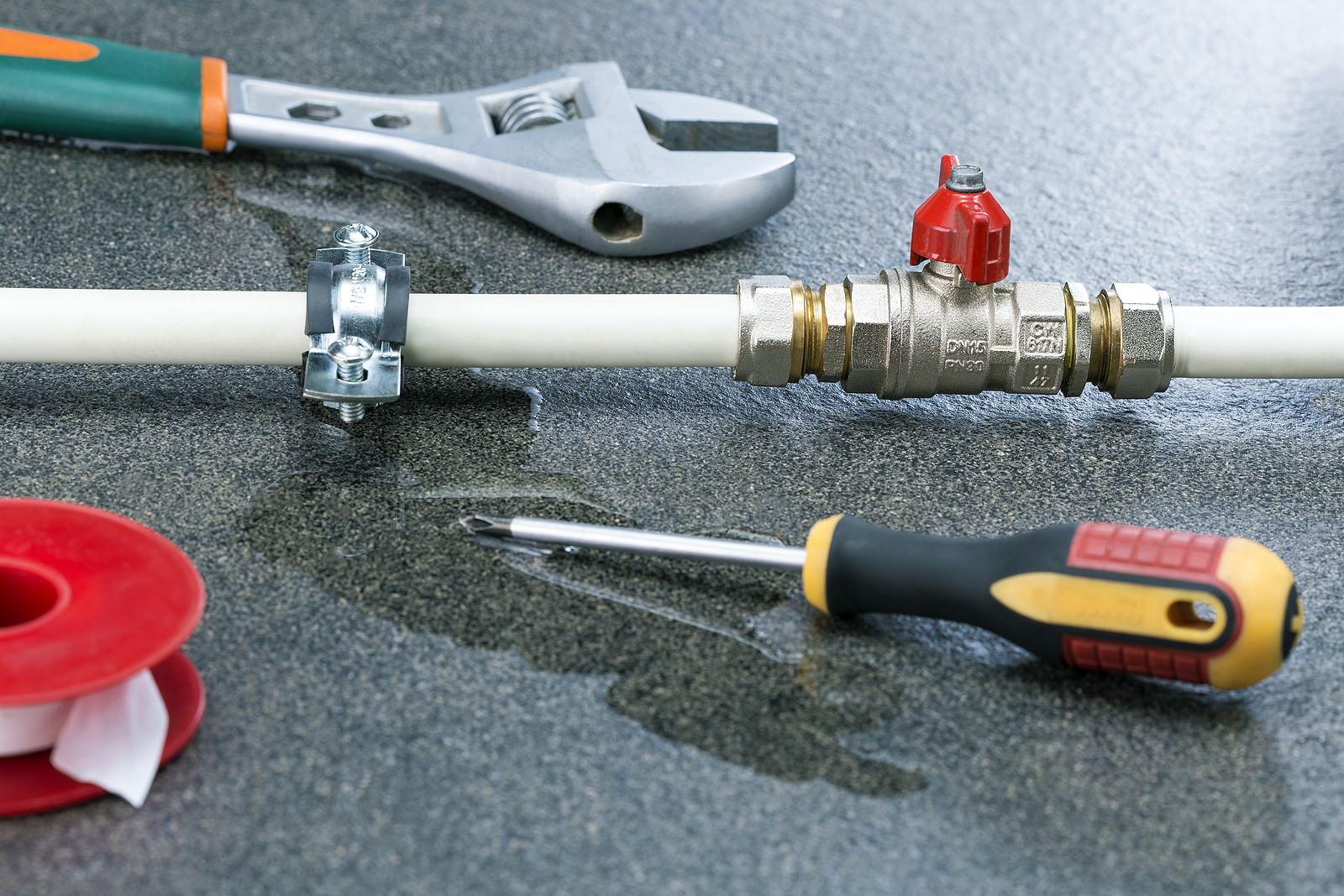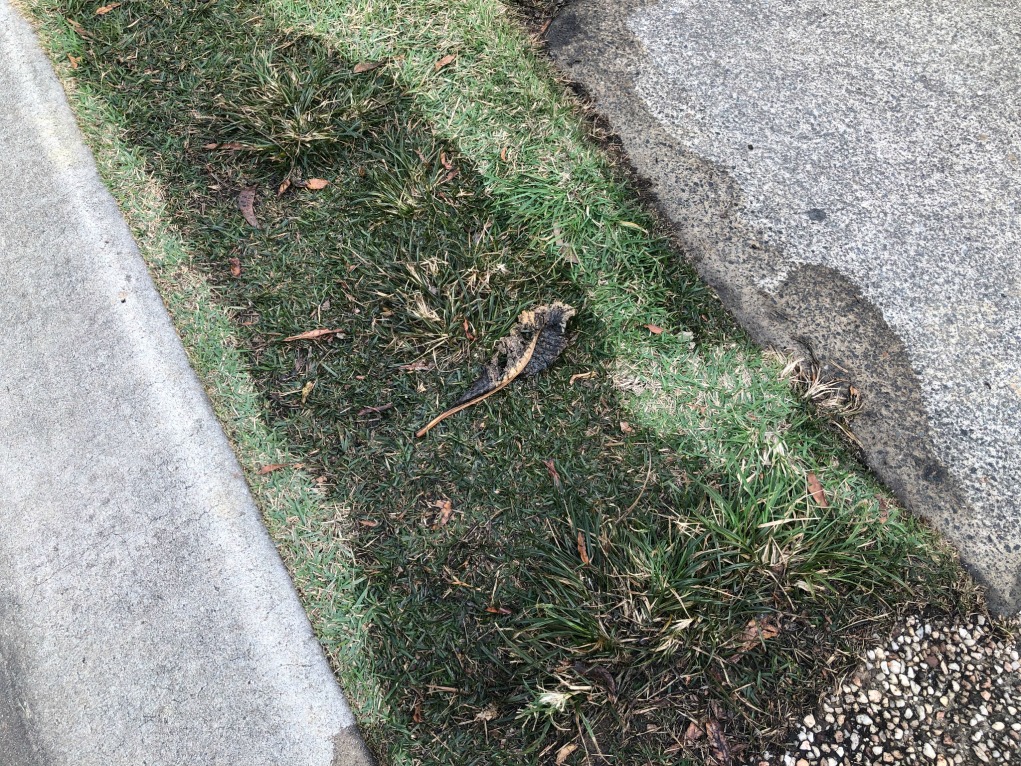Are you currently in search of details on Detecting hidden plumbing leaks?

Early detection of dripping water lines can minimize a prospective catastrophe. Some tiny water leaks might not be noticeable.
1. Examine the Water Meter
Every home has a water meter. Inspecting it is a proven manner in which helps you discover leakages. For beginners, switch off all the water resources. Ensure nobody will certainly flush, use the faucet, shower, run the washing equipment or dishwashing machine. From there, go to the meter as well as watch if it will certainly alter. Since nobody is utilizing it, there should be no movements. That shows a fast-moving leak if it moves. If you identify no adjustments, wait a hr or 2 as well as inspect back once more. This suggests you might have a sluggish leak that might even be underground.
2. Check Water Consumption
Analyze your water costs as well as track your water usage. As the one paying it, you should observe if there are any kind of inconsistencies. If you find sudden changes, despite your intake coinciding, it indicates that you have leaks in your plumbing system. Remember, your water costs need to drop under the same array on a monthly basis. An unexpected spike in your bill shows a fast-moving leakage.
At the same time, a stable rise each month, even with the very same practices, shows you have a slow-moving leak that's additionally gradually escalating. Call a plumber to thoroughly inspect your home, specifically if you feel a cozy location on your flooring with piping beneath.
3. Do a Food Coloring Examination
When it comes to water consumption, 30% comes from toilets. If the shade somehow infiltrates your bowl during that time without flushing, there's a leakage in between the tank and also dish.
4. Asses Outside Lines
Do not fail to remember to inspect your exterior water lines also. Needs to water permeate out of the link, you have a loosened rubber gasket. One little leakage can throw away tons of water as well as spike your water bill.
5. Analyze the situation and evaluate
Property owners ought to make it a habit to check under the sink counters and also also inside closets for any type of bad odor or mold growth. These two red flags show a leakage so timely interest is required. Doing routine examinations, also bi-annually, can conserve you from a major trouble.
Examine for stainings and weakening as the majority of home appliances and pipelines have a life span. If you suspect dripping water lines in your plumbing system, don't wait for it to intensify.
Early discovery of leaking water lines can alleviate a potential catastrophe. Some small water leakages may not be noticeable. Inspecting it is a guaranteed method that aids you discover leaks. One little leakage can waste heaps of water and surge your water costs.
If you suspect dripping water lines in your plumbing system, do not wait for it to escalate.
How to Know If Your Home Has a Hidden Leak
Water Meter Reveals Inexplicable Water Usage
If you’d like to test whether or not there’s a leak somewhere in your home, you can do this using your water meter. Here is how to conduct the test:
Don’t use any water in your home for at least 30 minutes; this also means not turning on faucets or water-using appliances.
Go outside, and check your water meter for activity.
If your water meter shows that there was activity, even though no one was using any water, this proves that there is a leak in your home.Visible Mold or Mildew Growth
Leaks behind walls create moist, dark environments that allow mold and mildew to grow and thrive. Eventually, you might see mold growth forming on the wall closest to a hidden leak.
If mold is growing in an area that receives a high amount of moisture, such as a bathroom, it may simply be an indication that better ventilation is needed. However, if you see mold growth on a wall or the ceiling in an area where you would not expect, you probably have a hidden leak.
Musty, Mildew Odor
Sometimes you might not be able to see the mold or mildew that is growing as a result of a leak. However, the smell can give the problem away just as easily. If you catch a whiff of something musty, there’s a good chance that old water is collecting somewhere in your home that you can’t see.
Stained/Warped Walls, Ceilings, or Floors
When your home soaks up water, a variety of red flags can become visible, including ceiling stains, bubbling drywall, warped walls, and sagging floors. While these issues can be caused by excess humidity, they can also be signs that a pipe or plumbing connection has started leaking behind your walls.
Inexplicably High Water Bill
After a while, you get a general sense for what your water bill should be. If you own a pool or sprinkler system, your bill will tend to be higher during summer. However, if you receive a water bill that seems especially high, and you can’t figure out what caused it, then you may have a hidden leak somewhere that’s increasing your bill.
https://www.plumbingjoint.com/blog/2019/july/how-to-know-if-your-home-has-a-hidden-leak/

I hope you enjoyed our post on Detecting hidden plumbing leaks. Many thanks for taking a few minutes to read our post. Do you know someone else who is enthusiastic about the niche? Take a moment to promote it. I praise you for your time. Visit again soon.
Schedule